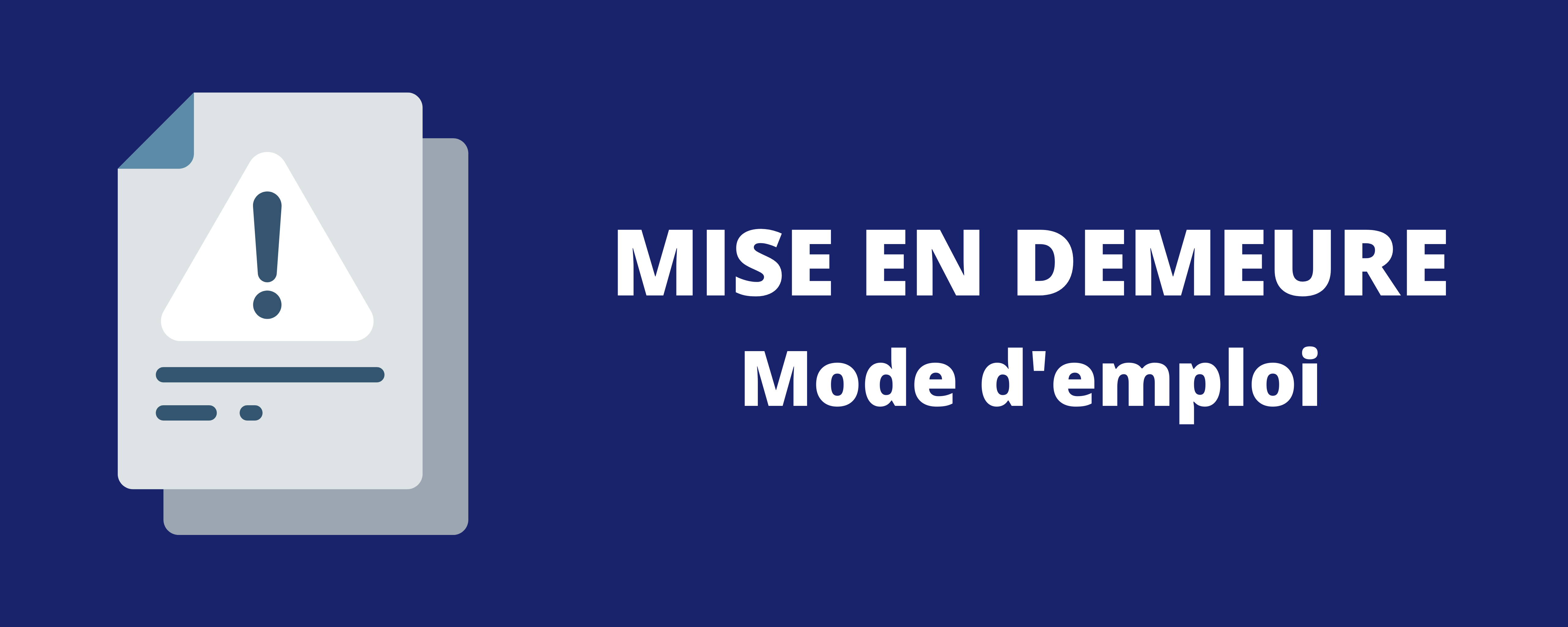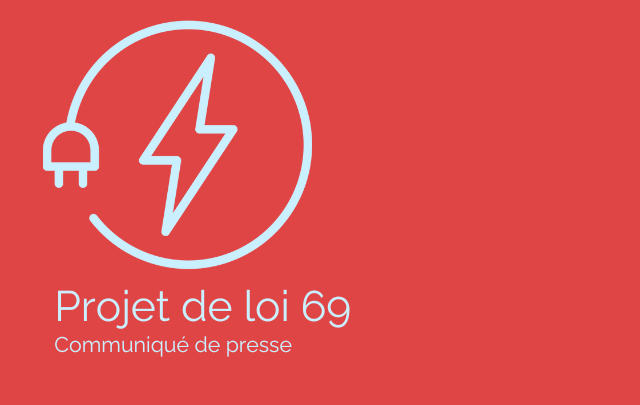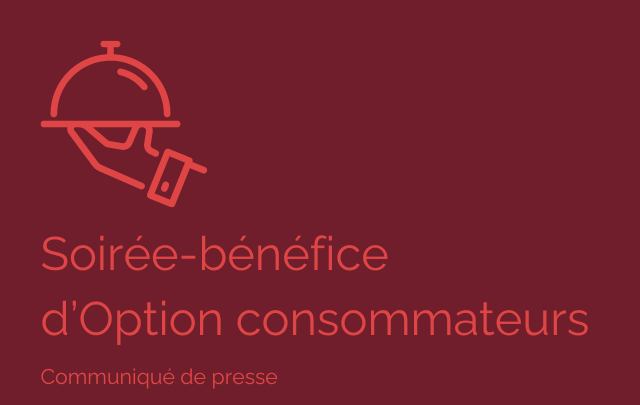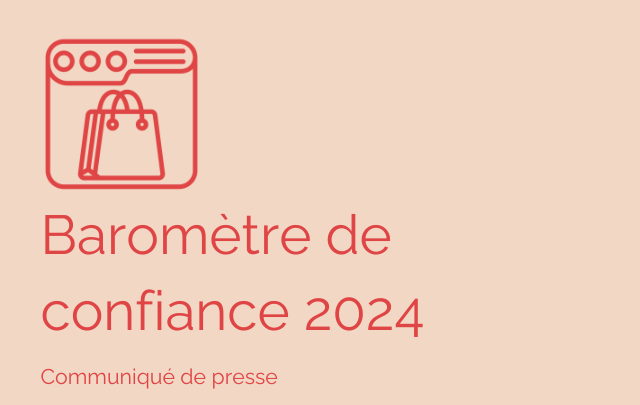

You may have already heard that sending a letter of formal notice could be relevant when there's a disagreement with a merchant. But what exactly does this mean? When is it appropriate to use this type of letter? How should it be written? What can you expect once you've sent it?
Let's take it apart.
Definition:
A letter of formal notice is an official document designed to formally express and communicate to the merchant the dissatisfaction experienced and the expected settlement, such as reimbursement of the purchase made within a given timeframe.
In other words, the purpose of the demand letter is to warn the merchant that you are giving him one last chance to resolve the problem before taking legal action.
The demand letter can be sent to all merchants, whether the purchase or rental of the good or service was made online or in person.
In all cases, the aim is to avoid legal proceedings and settle out of court, thus saving time and money.
Procedure:
- Before sending a letter of formal notice, you should first try to settle your dispute with the merchant.You can do this by communicating with the merchant via his social networks or chat system, or by visiting the branch or giving him a call. The goal is to get in touch with the merchant and try to find common ground. If your dispute concerns a contract cancellation or refund request, you can also send a slightly more formal request. Download our sample letter here.
- If you can't reach the merchant or you're not satisfied, it's time to write a letter of formal notice. To help you, we've developed a template. Download it here. Simply fill in the yellow sections to explain your situation.
(For certain problems related to online purchases, such as an unreceived parcel, you may wish to request a chargeback instead. See our tools on this subject!) - Choose delivery methods that provide proof of receipt.such as registered mail. Keep a copy of what you send.
"I sent the letter of formal notice, what should I do now?"
Scenario 1:"I sent the letter and reached an agreement with the merchant within the requested timeframe."
Next step: Celebrate the resolution and put the situation behind you! All's well that ends well!
Scenario 2: "I sent the letter over 10 days ago and I still haven't heard back / I've been turned down."
Next step: you can take legal action against the retailer. Turn to the Small Claims Division of the Court of Quebecif the amount in dispute is $15,000 or less. If the amount is greater, visit the Quebec government website to find out which court will hear your case.
Scenario 3 : "I sent the letter and got a quick reply from the shopkeeper. He wants to settle the situation amicably, but it will take longer than I asked."
Next step: Only you know how open you are to negotiation. Amicable settlement is always preferred, so you might want to talk to the merchant and find some common ground.
Good to know:
- The letter of formal notice must specify the time limit within which you wish the situation to be resolved. The law doesn't stipulate a specific deadline, as long as it's reasonable in the circumstances. The choice is yours!
- The settlement period you specify in the letter will begin as soon as the merchant receives it.
- A letter of formal notice is sometimes mandatory in legal proceedings.




